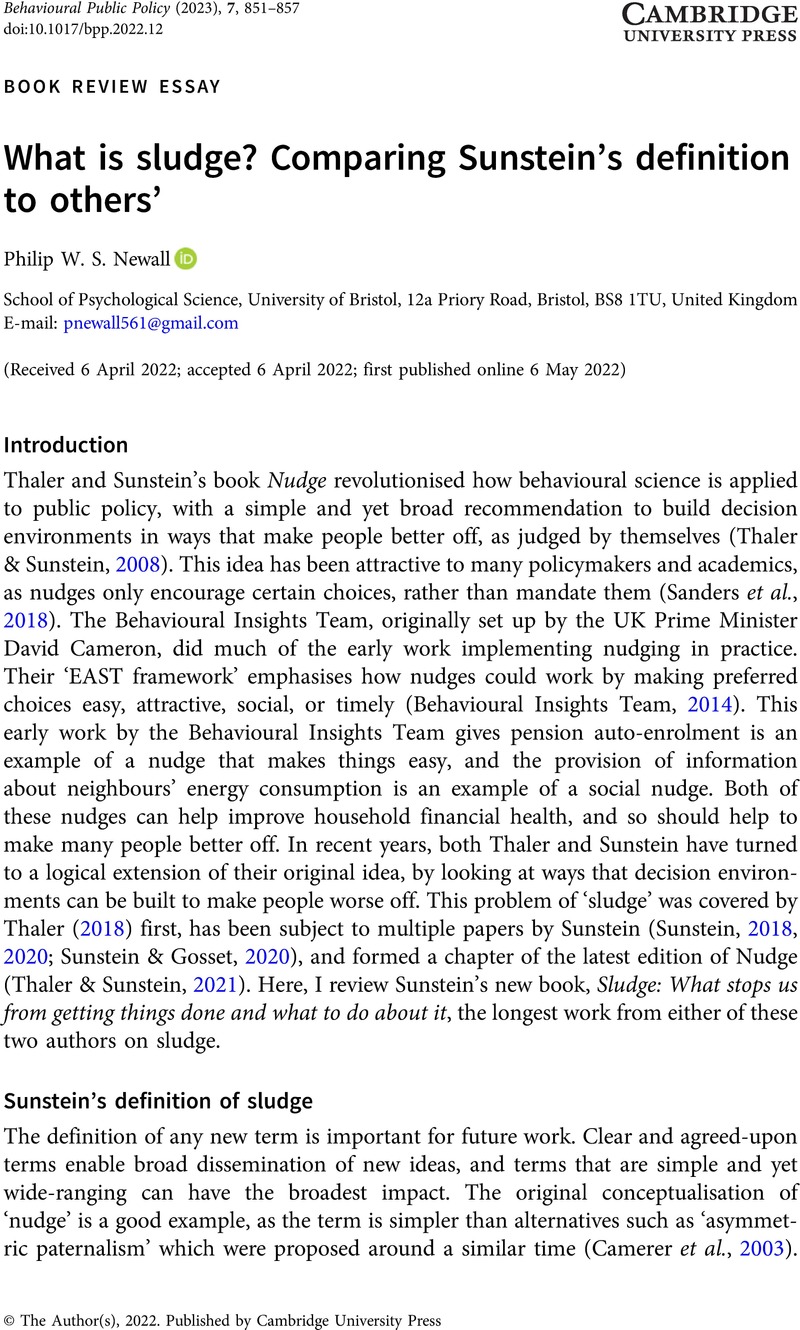Crossref Citations
This article has been cited by the following publications. This list is generated based on data provided by Crossref.
Mills, Stuart
2023.
Deceptive Choice Architecture and Behavioural Audits.
SSRN Electronic Journal,
Morozovaite, Viktorija
2023.
Hypernudging in the changing European regulatory landscape for digital markets.
Policy & Internet,
Vol. 15,
Issue. 1,
p.
78.
Alm, James
Burgstaller, Lilith
Domi, Arrita
März, Amanda
and
Kasper, Matthias
2023.
Nudges, Boosts, and Sludge: Using New Behavioral Approaches to Improve Tax Compliance.
Economies,
Vol. 11,
Issue. 9,
p.
223.
Mills, Stuart
2024.
Deceptive choice architecture and behavioral audits: A principles‐based approach.
Regulation & Governance,





